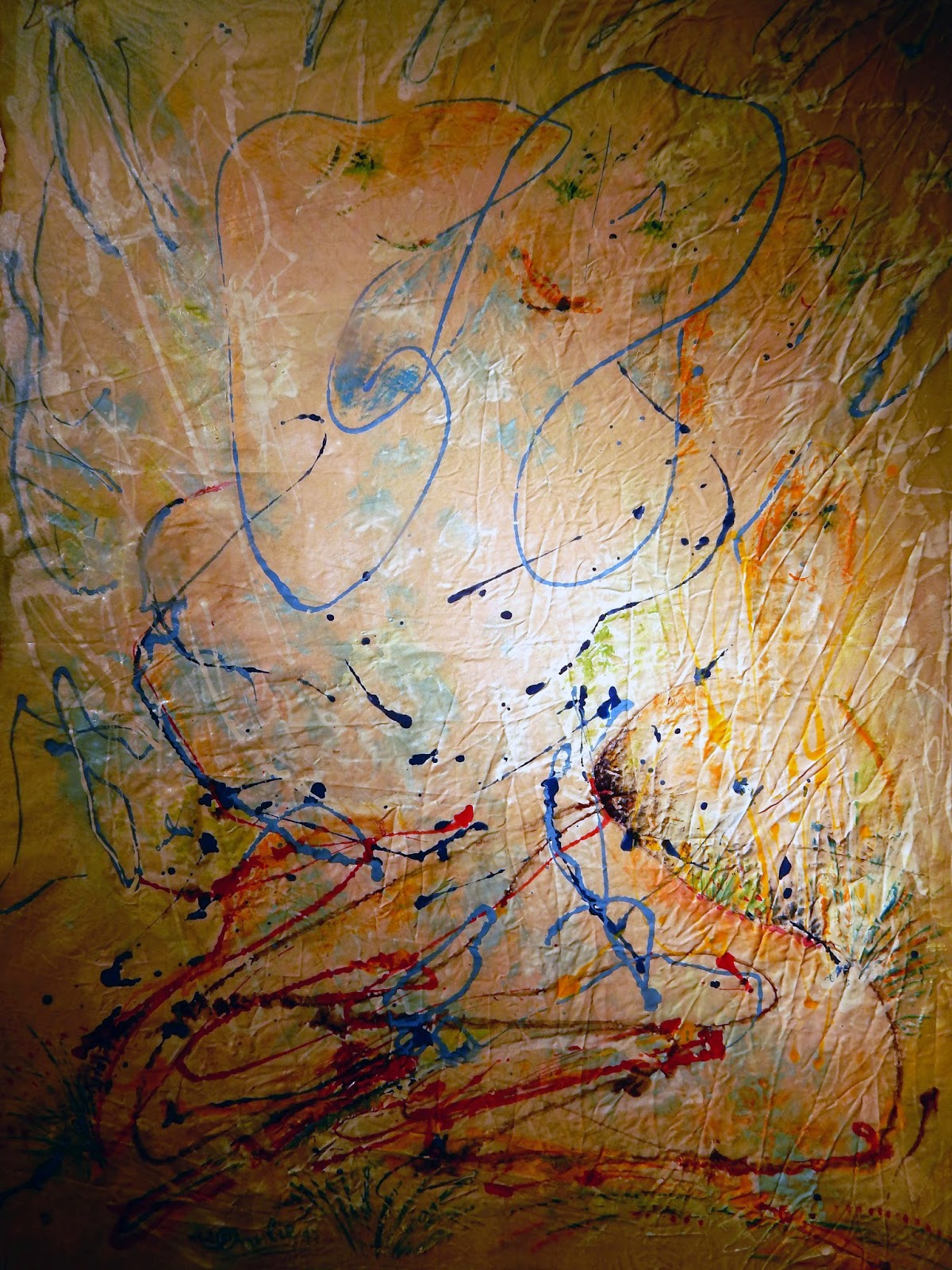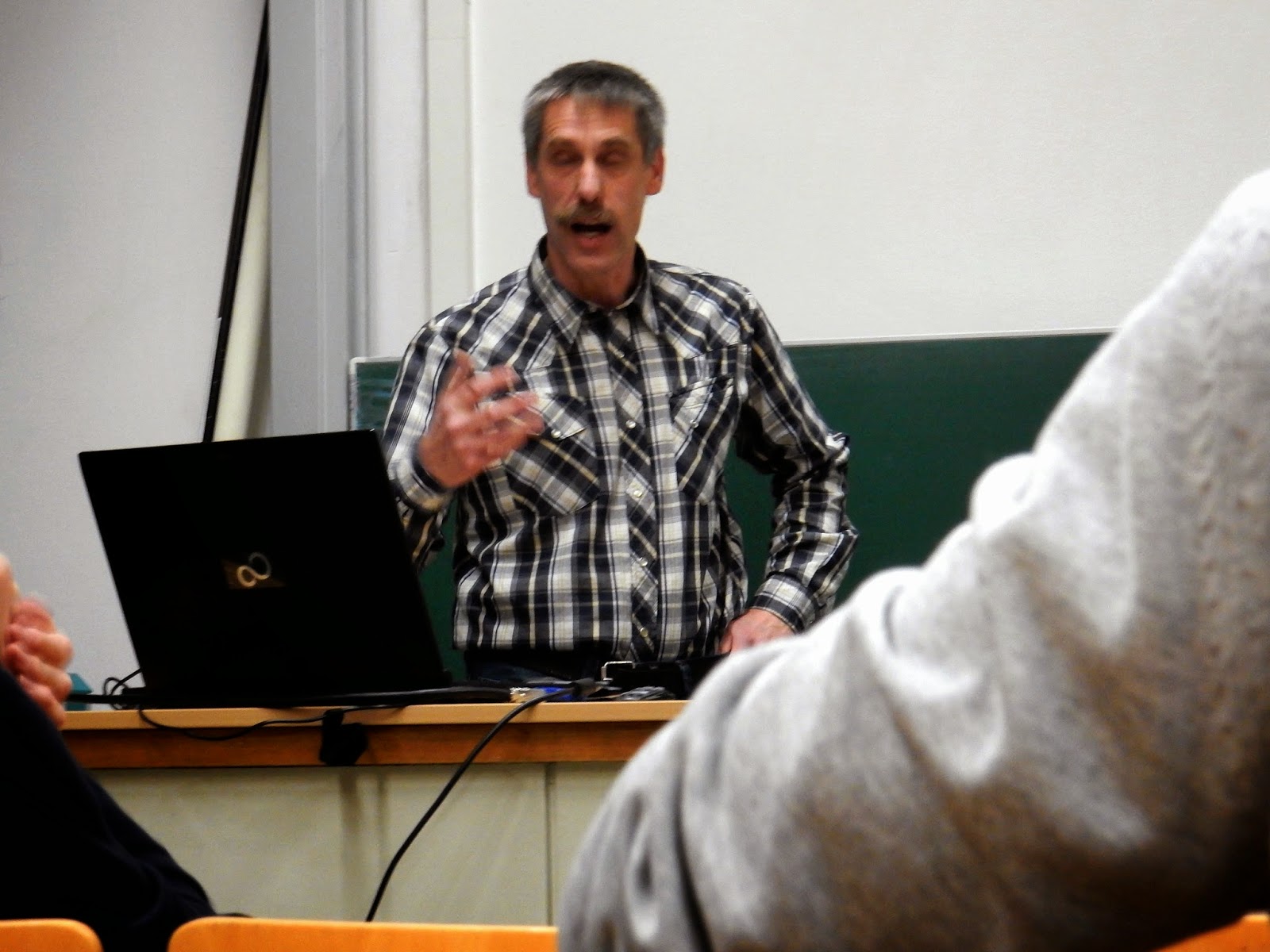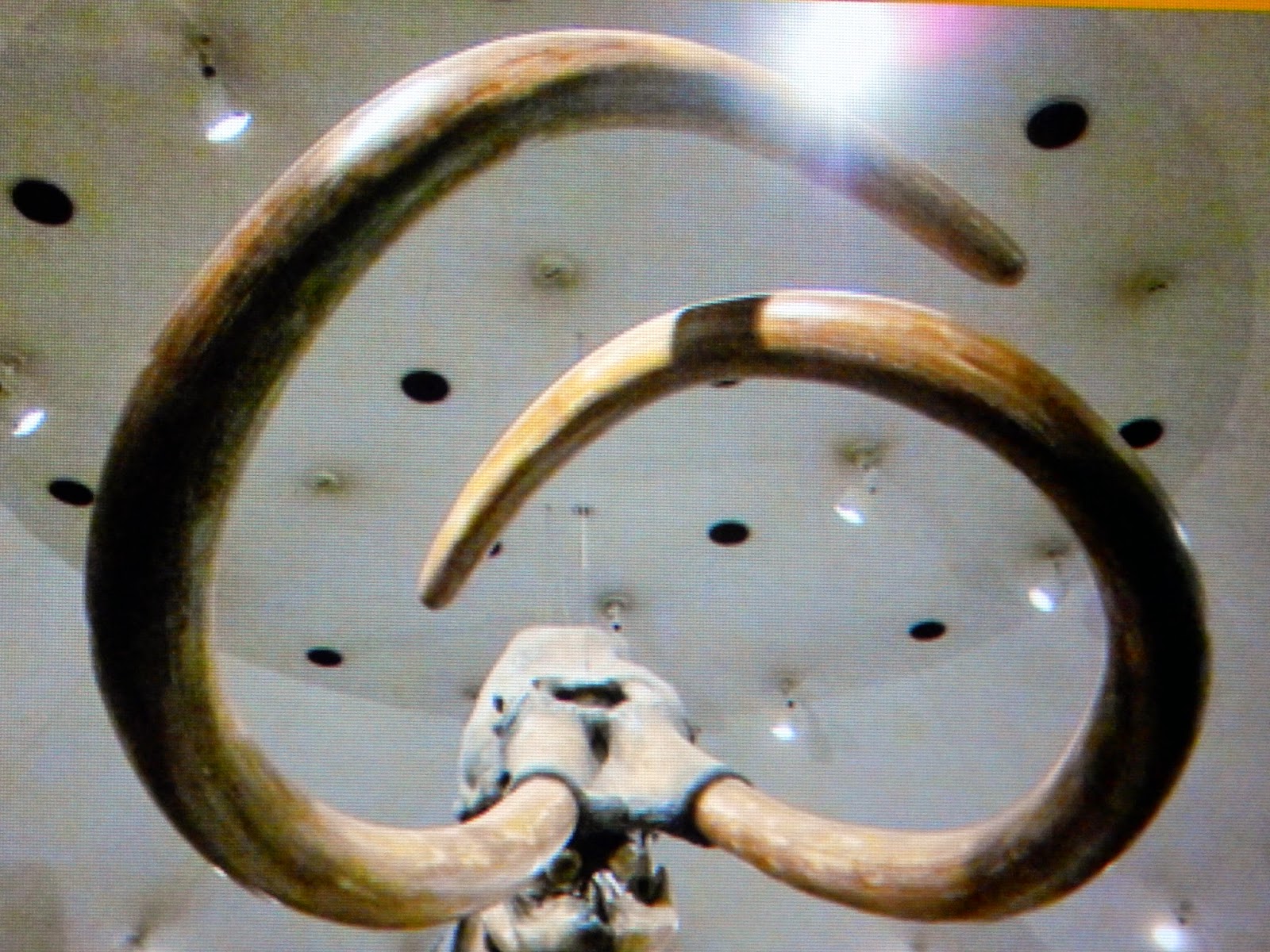as announced I visited Kiklades - Fruhe Kunst in der Ägäis: http://www.archaeologie-bayern.de/de/ausstellungen/sonderausstellungen/ at the Archaeologisches Staatsammlung: http://www.archaeologie-bayern.de/ here in Munich. Kikladen has the specific virtue to collocate the well known Cycladic idols: http://en.wikipedia.org/wiki/Cycladic_art in their Cycladic culture contest. But more than this, the virtue to reveal that the simple and basic portrait of the idols is something of concretely virtual, result of the passage of time and illusion in our imagination. In fact, faint traces of colours on their actual expressionless faces reveal that they wore disappeared painted emotions and symbols, today difficult to decipher. Please, have a look to the images and enjoy the primordial atmosphere of the Cycladic culture.
Salutations
Giancarlo
P.S.: during the journey in the Kikladen culture, something appeared strange and at the same time familiar to me, but I don't realised what. Only now, I realise that the Cycladic portraits anticipate of about 5.000 years the essential of Amedeo Modigliani: http://en.wikipedia.org/wiki/Amedeo_Modigliani .


































































